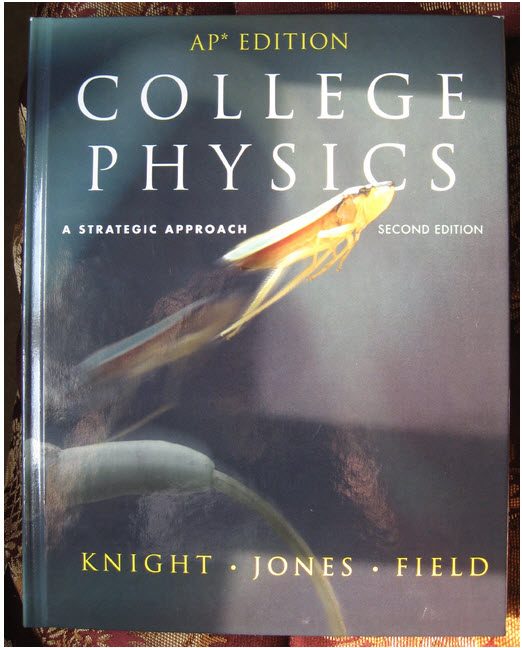Batteries, Circuits, and Current
For a current to move through a conducting system, there must first and foremost be a closed loop with a potential difference. As you learned in the last unit, the potential difference is what makes the charges move. The source in most cases is a battery that transforms chemical energy into electrical energy.
 Take some time to read section 18-1: The Electric Battery in your textbook. For now, just get a general idea of how a battery works and the vocabulary associated with it.
Take some time to read section 18-1: The Electric Battery in your textbook. For now, just get a general idea of how a battery works and the vocabulary associated with it.
When the continuous conducting path is connected to a battery it is called a circuit. Any flow of charge through a circuit is called electric current. The current is defined as the net amount of charge that passes through a cross-section of wire per unit of time.
![]()
Current is measured in coulombs per second or amperes (abbreviated amp or A). Many times the unit of amps is preceded by a unit prefix because most of the time the current is not very large. Milli- and micro- are the two most common prefixes seen in front of amps.
 |
Current direction is most often referenced as conventional current. |
Conventional current is always in the direction of the positive terminal to the negative terminal of the battery, but as you know electrons are negatively charged. Negatively charged particles will move toward the negative terminal. The direction of electron flow is actually from the negative terminal to the positive terminal.